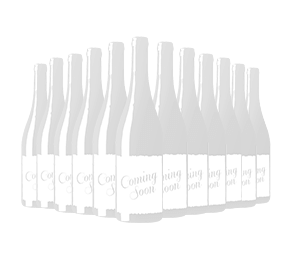Live chat
Charcuterie dreams do come true – here’s your ultimate guide to pairing the perfect wines with every meat, cheese, and tasty tidbit on your board. From creamy Brie to fiery nduja, get ready to build the board of your dreams (with a glass in hand, naturally).
Very few things spur me to action quite like the mention of a charcuterie board. It’s basically my Bat-Signal – shine a slice of salami into the sky and I’ll be there as fast as I can, armed with cheese, crackers and wine aplenty.
It can be tough knowing exactly what to include on your board, how to present it beautifully, and which wines to pair alongside for maximum flavour enjoyment.
But fear not, because I figured what better way to share my love of all things cured meats than with a step-by-step guide on the best wines to pair with charcuterie.
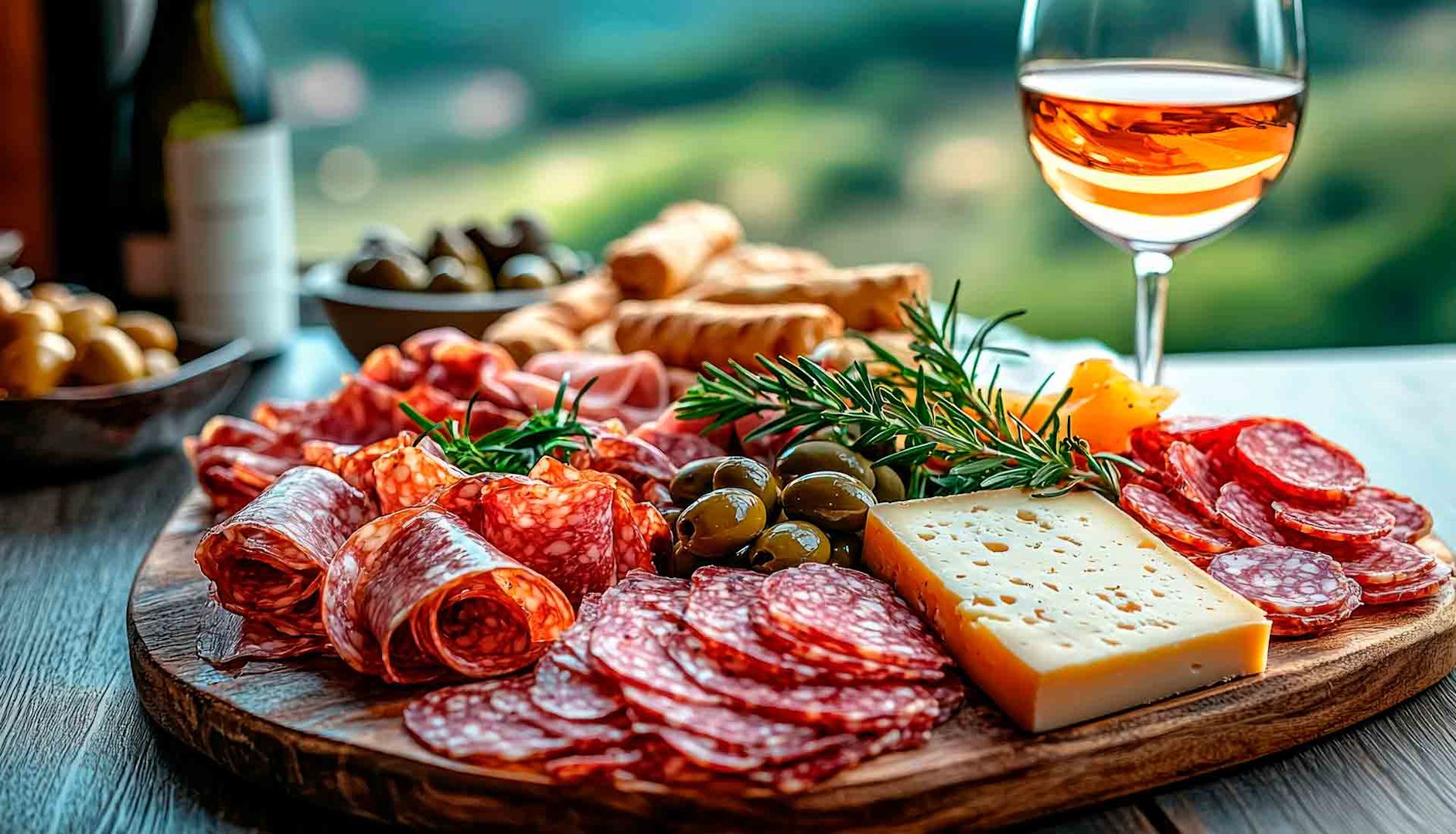
Pairing food and wine like a pro
Now before we get to the good stuff, let’s go over some general food and wine pairing tips:
Wine should always have a higher acidity than the food
Wine should be sweeter than the food
Fatty textures love fizz
Flavours come alive when they're not fridge-cold – let everything sit out 20-30 minutes before serving
How much cheese and meat per person
Appetiser board: 55–85g per person
Main course: 140–170g per person
Step 1: Ready, set, cheese!
Creamy, salty, aged, fresh ... cheese is the cornerstone of any good charcuterie board. Let’s take a look at four different styles and my top wine picks for enjoying alongside each.
Quick thing: If you want to expand your cheese and wine pairing know-how, do check out our beginner’s guide for even more pairing tips.
Best wine for fresh cheeses
Choose from: Ricotta, mozzarella, or chèvre (goat cheese).
Wine pairing:
Crémant: Made the same painstaking way as Champagne yet far better value, you’ll find me waxing lyrical about Crémant to anyone who’ll listen. Its high acidity and toasty richness make it the perfect partner to fresh cheeses – and just about anything on a charcuterie board to be honest. I always keep a few bottles tucked away to enjoy throughout the evening.
Pinot Noir: Lovely and light yet packed full of vibrant cherry and raspberry fruit flavour, Pinot Noir has got to be my top pick for reds.
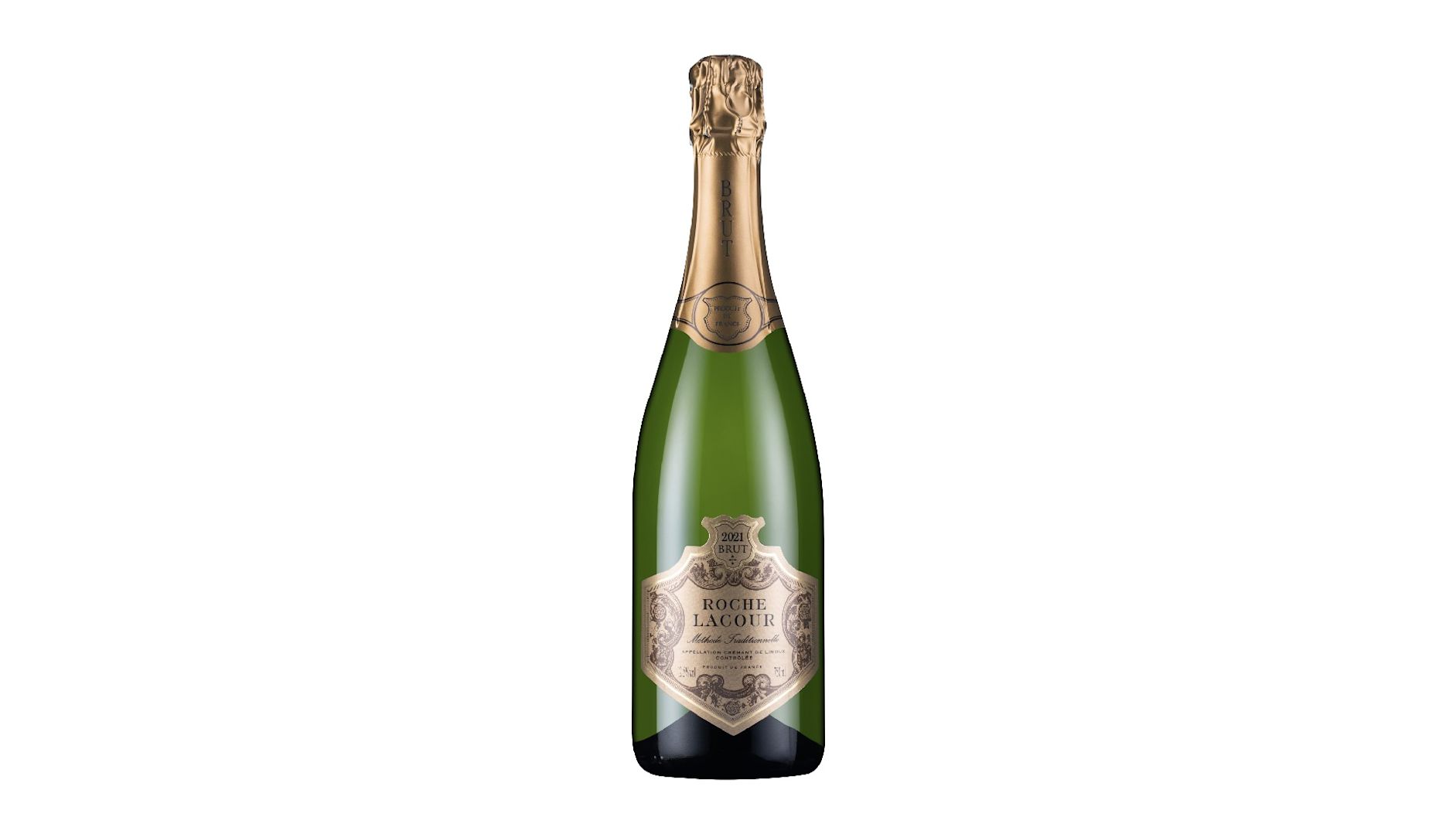
Best wine for soft-ripened or bloomy cheeses
Choose from: Brie, Camembert, or Humboldt Fog
Wine pairing:
Chablis: A good Chablis is a superb accompaniment to this style of cheese. The crisp acidity and mineral notes match the creamy, rich flavours to perfection.
Rosado: Light and dry wines like sparkling wine and rosé cut through the richness beautifully – and this Italian Rosado combines the two. “A gentle, pale pink sparkler made in Emilia Romagna from Lambruco grapes. Characterised by subtle notes of red and black cherries ... this one’s great with charcuterie” (The Telegraph).
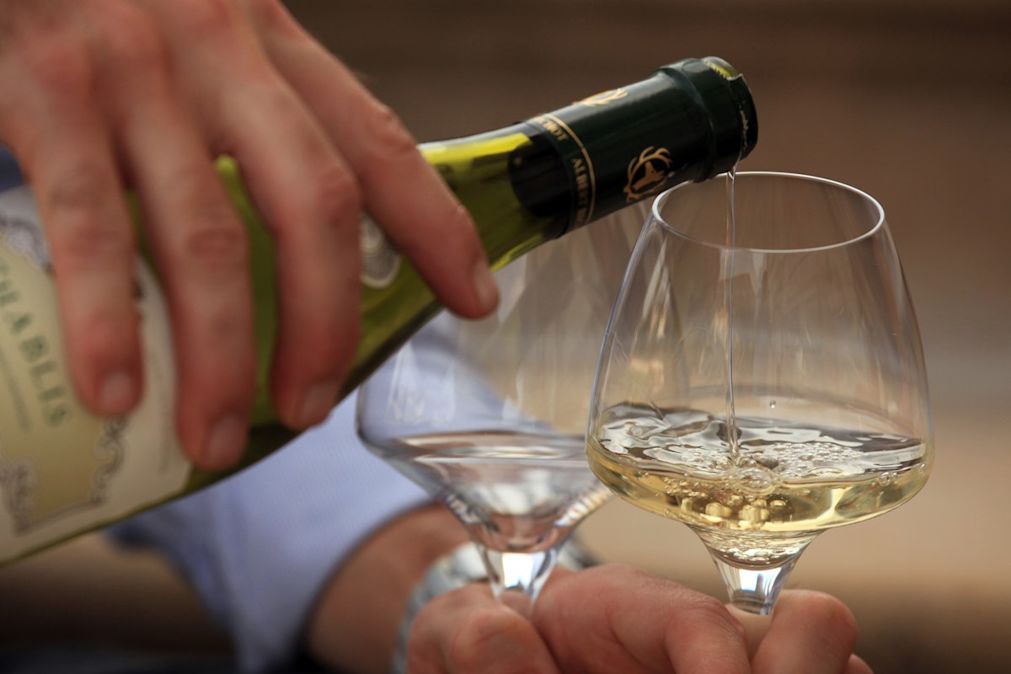
Best wines for aged, hard cheeses
Choose from: Aged Cheddar, Manchego, Parmigiano-Reggiano, Pecorino Romano, or Grana Padano.
Wine pairing:
Cabernet Sauvignon: The saltiness in the cheese mellows out the tannins in a Cabernet Sauvignon wonderfully.
Ribolla Gialla: What grows together, goes together! Enjoy this zesty, creamy (dare I say, better than Prosecco) Northern Italian fizz with a nutty Grana Padano.

Best wines for blue cheese
Choose from: Gorgonzola, Roquefort, or Stilton
Wine pairing:
Dessert wine: This is a top choice for the salty, pungent nature of blue cheese. Sauternes is a French classic, but I’d reach for Royal Tokaji 5 Puttonyos – the dazzling intensity of honeyed fruit is expertly balanced with remarkable freshness. It’s exactly the kind of indulgence an evening with copious amounts of cheese demands.
Chardonnay: If dessert wines aren’t your jam, try a full-bodied, creamy Chardonnay for size. Those rich, buttery flavours balance the saltiness beautifully.
Zinfandel: Fear not, red wine lovers. A big, bold Zinfandel is a terrific pairing for this style of cheese.
Step 2: Add a selection of meats
Variety is the spice of life – and this eclectic selection of meats is delicious proof of just that. From the richness of pork rillette to the fiery kick of nduja, find out which wines will get your tastebuds singing!
Best wines for cured meats
Choose from: Prosciutto, mortadella, or dry-cured salami
Wine pairing:
Aromatic white: A dry Riesling or a peachy-fresh Viognier is my top choice.
Rosé: The high acidity and delicious red fruit flavours of a dry rosé make it a lovely fit alongside those salty bites.
Rioja: A silky Rioja with ripe red berry flavours and a touch of toasty oak and vanilla is a delightful match for delicate cured meats.
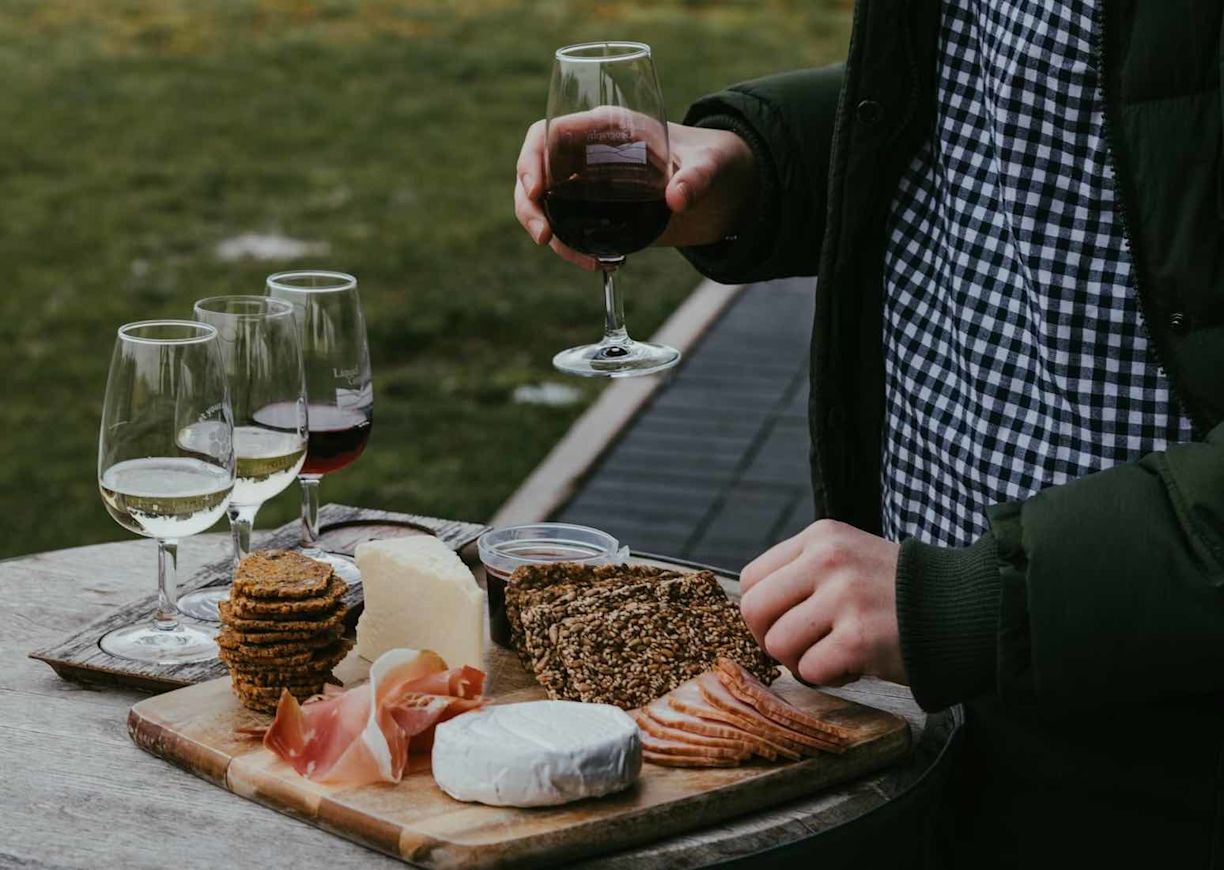
Best wines for spiced meats
Choose from: Chorizo, saucisson sec, Finocchiona
Wine pairing:
It’s best to avoid big, tannic reds with heat. A Pinot Noir or a Nerello Mascalese -based blend work a treat – the wine's freshness and herbal nuances complement the bold flavours of spiced charcuterie wonderfully.
Gewurztraminer: This is one of the most aromatic white grapes, bursting with lychee, rose petal, ginger, and exotic spice. These flavours stand up to – and often enhance – the seasoning in spicy meats!
Best wines for spreadable meats
Choose from: Foie gras, nduja, pork rillette, chicken liver mousse
Wine pairing:
Beaujolais: The juicy red fruits, low tannins and bright acidity of a Beaujolais make it a perfect one-size-fits-all wine against all these spreadable meats – especially when lightly chilled.
Off-dry Chenin Blanc: The slight sweetness of a Vouvray balances the spicy and fattiness of these meats with the high acidity working as a great palate cleanser between bites.

Step 3: Don’t forget the picky bits!
Olives, pickled vegetables (cornichons are always a hit in my home), dried fruits and nuts are great little nibbles to have when you fancy a reprieve from meats and cheeses. And be sure to remember the crackers, some bread of your choice and perhaps some fruit jams or preserves to further complement your selections.
Step 4: Arranging your charcuterie board
You’ve got the ingredients – now time to get them on your board.
Start with a flat surface, such as a wooden tray, cutting board, or serving platter.
Arrange a few small bowls in a triangle formation on the board and fill them with olives, spreads, or oils.
Cut the cheese into cubes or wedges and pair any soft cheeses with a knife for easy serving.
Fold slices of charcuterie for a picture-perfect look and to make them easier to grab.
Begin arranging the ingredients around the bowls, working outward to fill the board naturally.
Finish by adding fresh garnishes like edible flowers, herbs, or microgreens for a colourful, elegant touch.
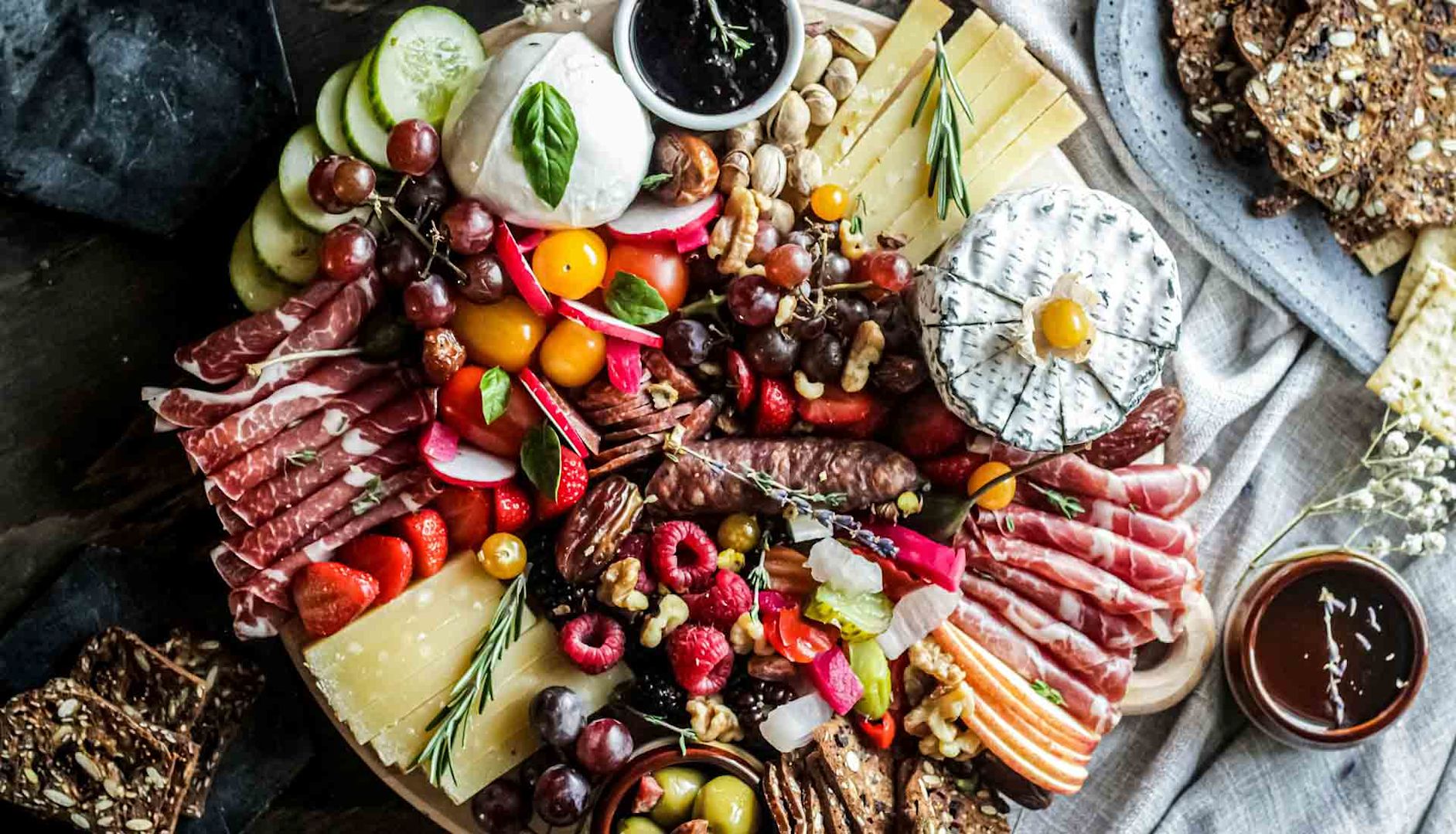
About the author
Louise Springham
Louise’s first copywriting experience was for a small pet start up in Paris during her time at university … fast forward 5 years and she’s switched cats for clarets. Whether it’s getting stuck into an SEO blog, crafting a pithy headline or studying for a WSET exam – she’s Level 2 qualified in both Wine and Spirits – it’s safe to say she adores it all. You’ll often find her chatting to anyone who’ll listen about her love for oaky Californian Chardonnay (she’s working hard to eliminate the dreaded ‘ABC’ mantra) or reminiscing about summers past in Provence.
